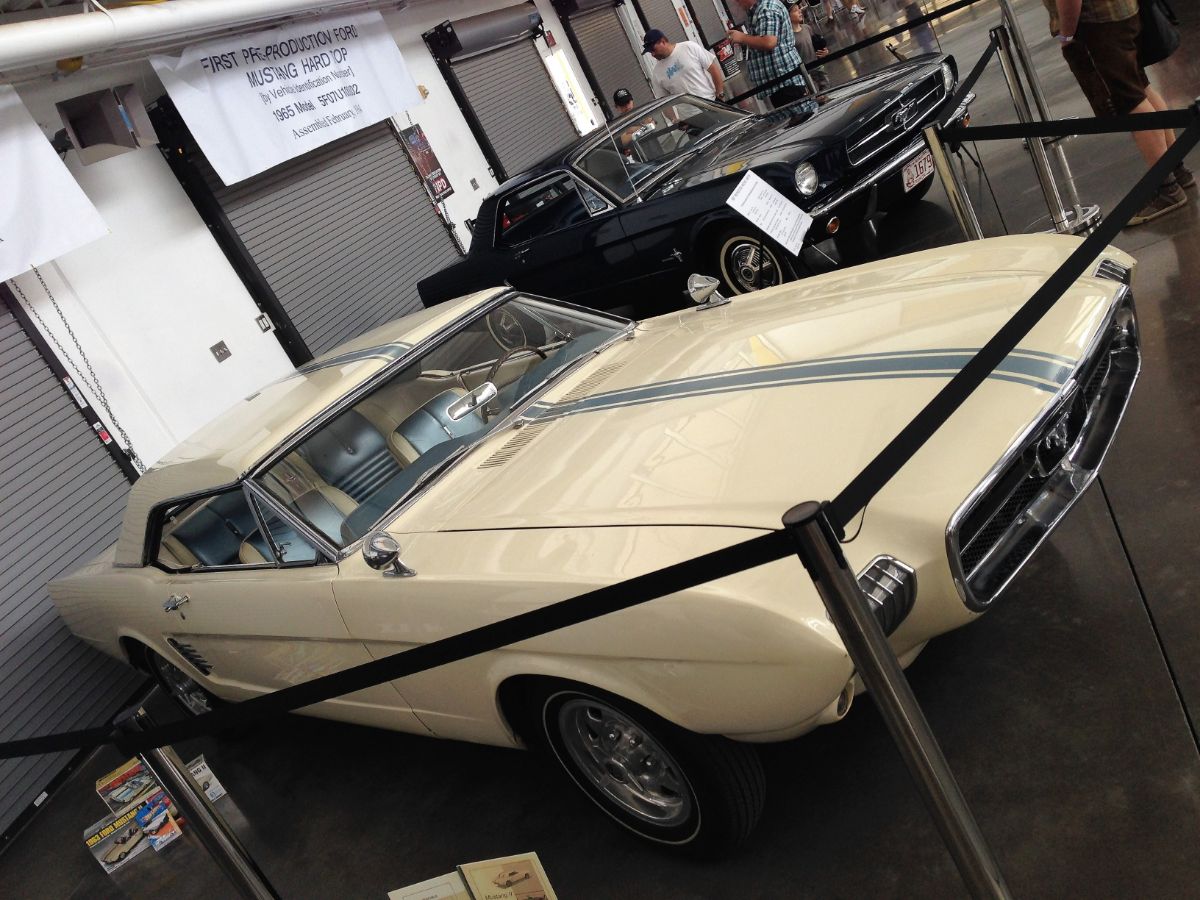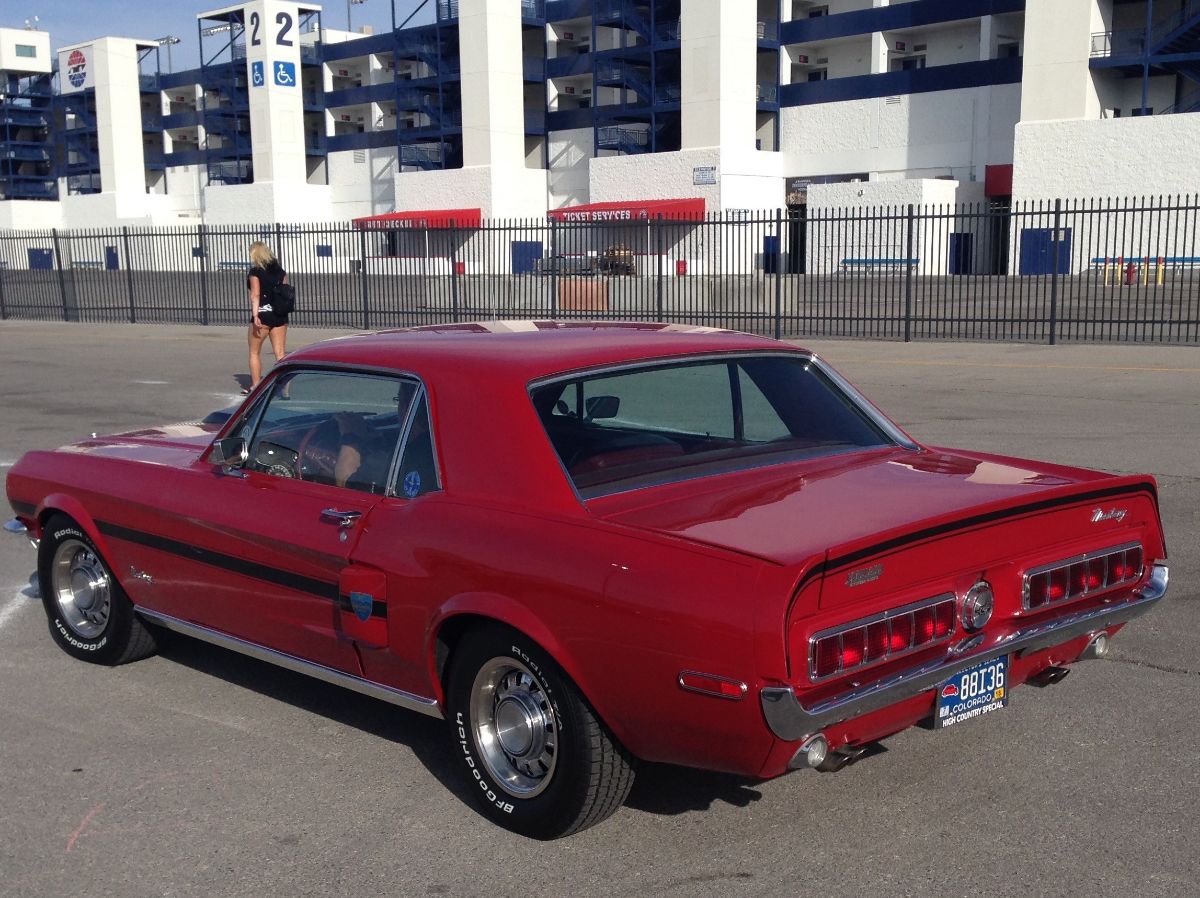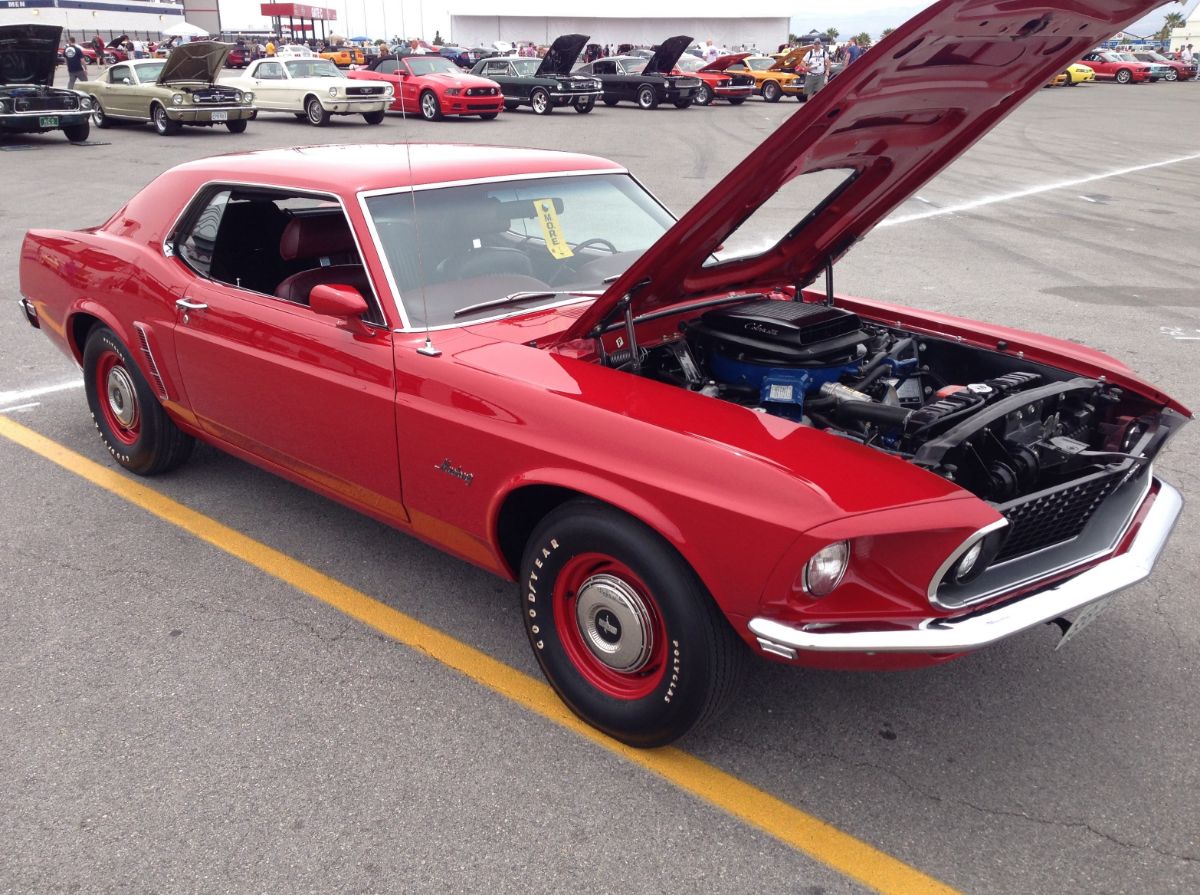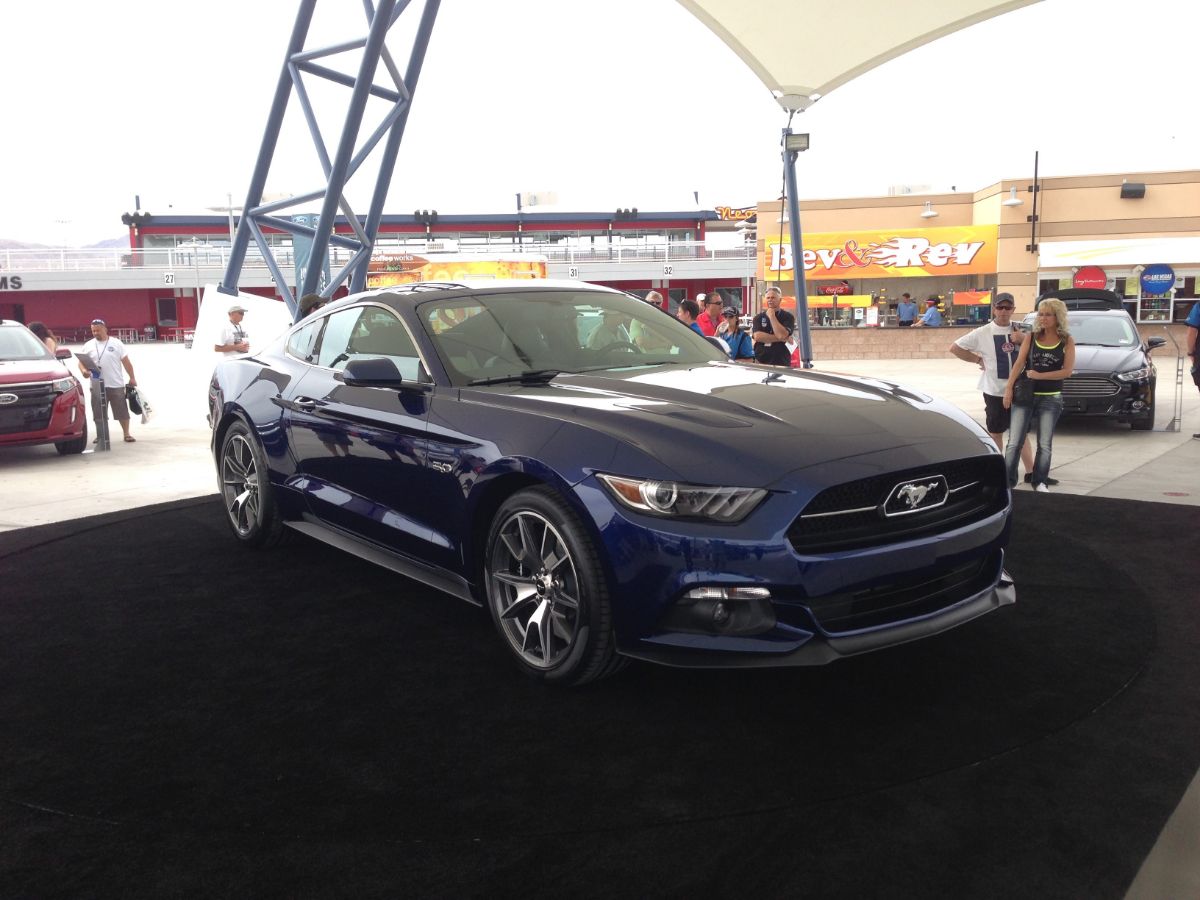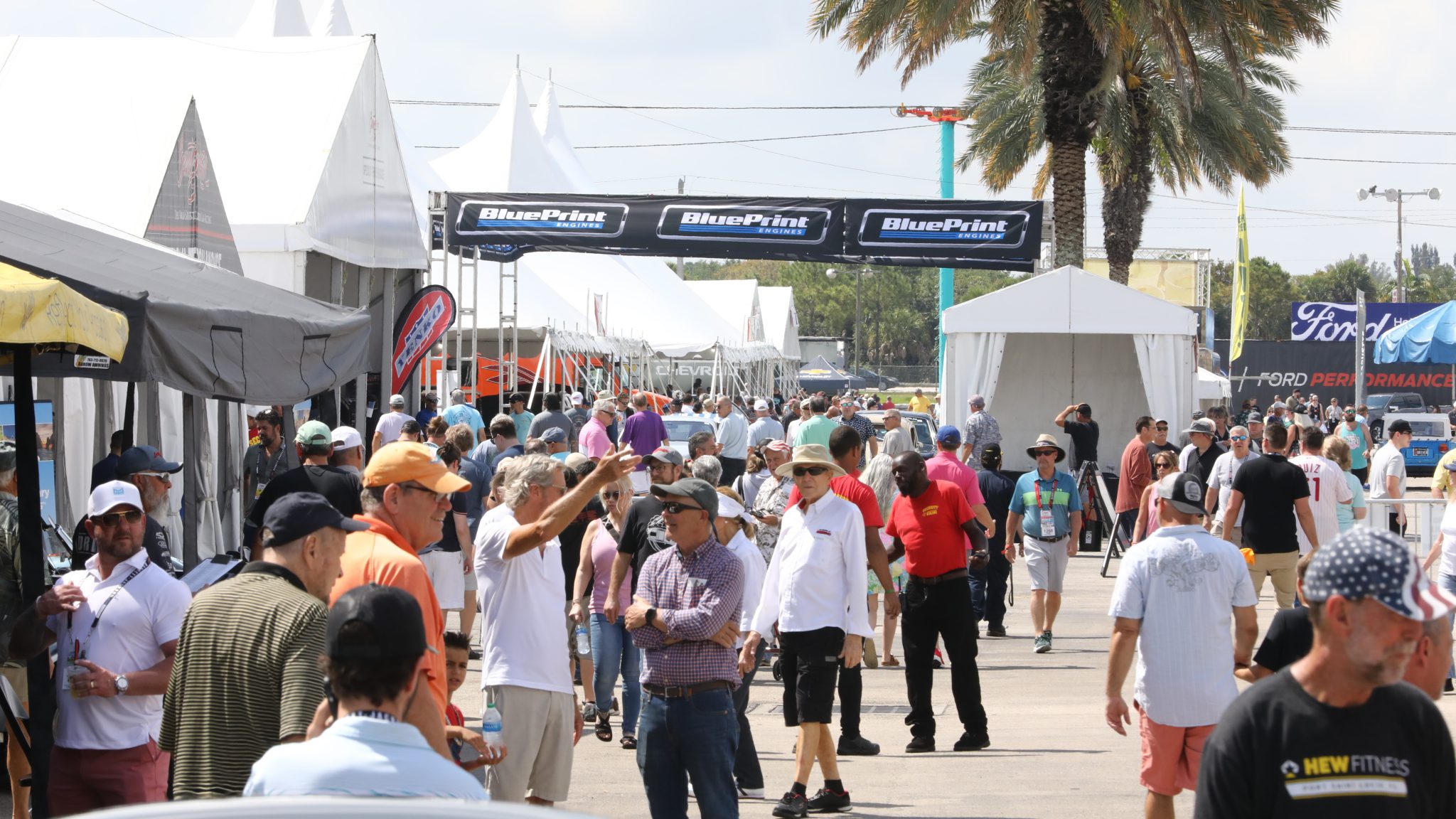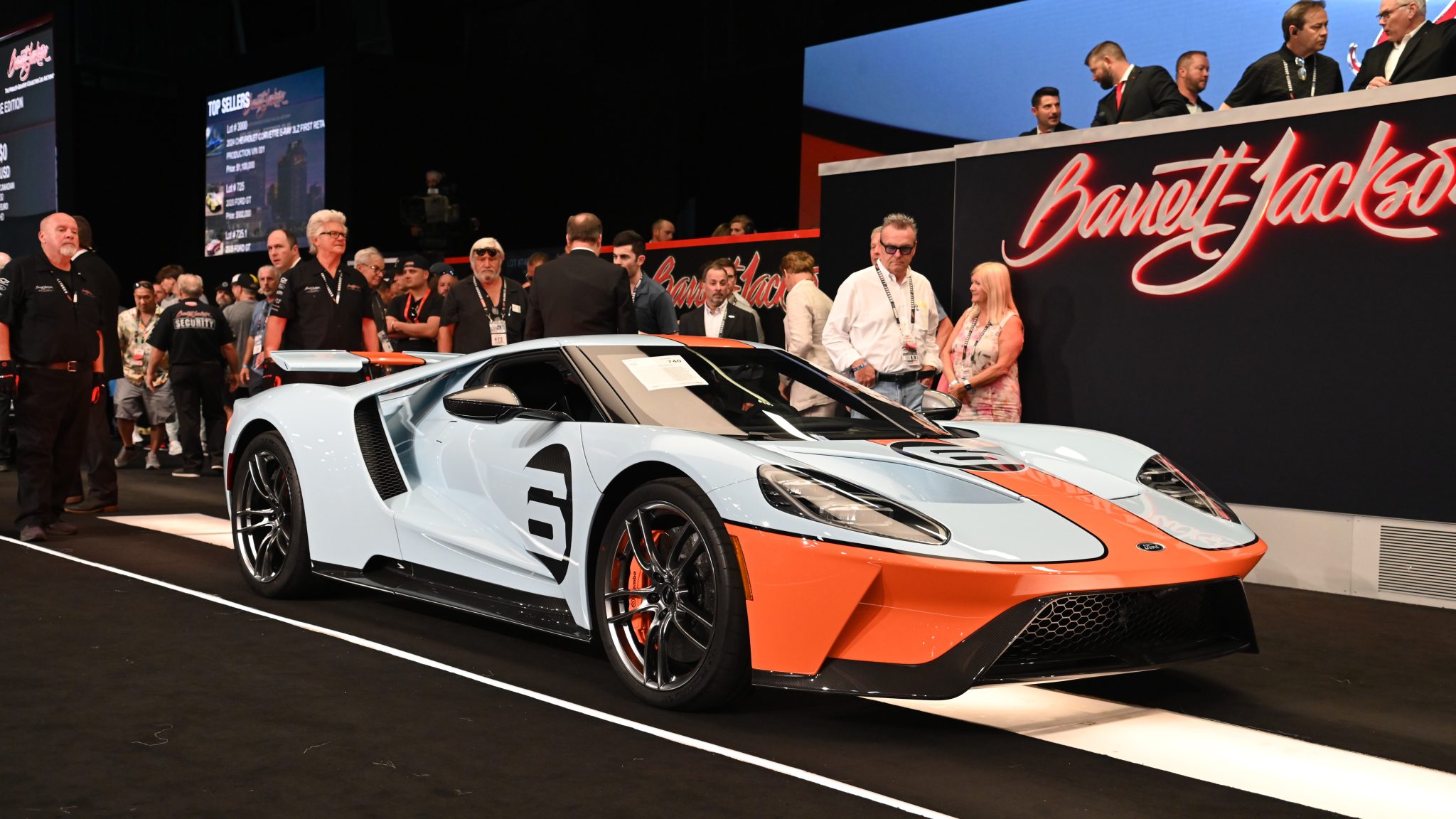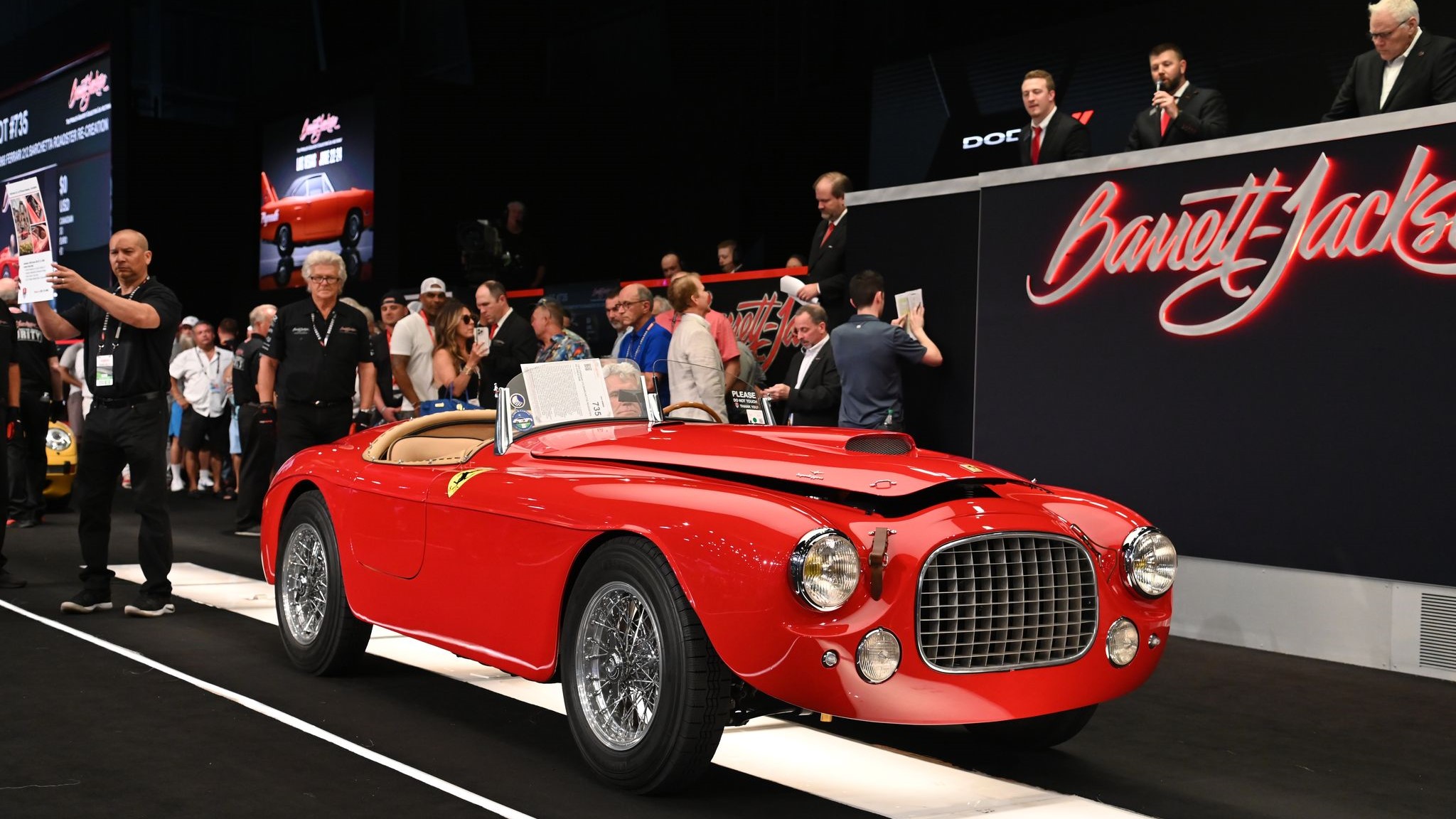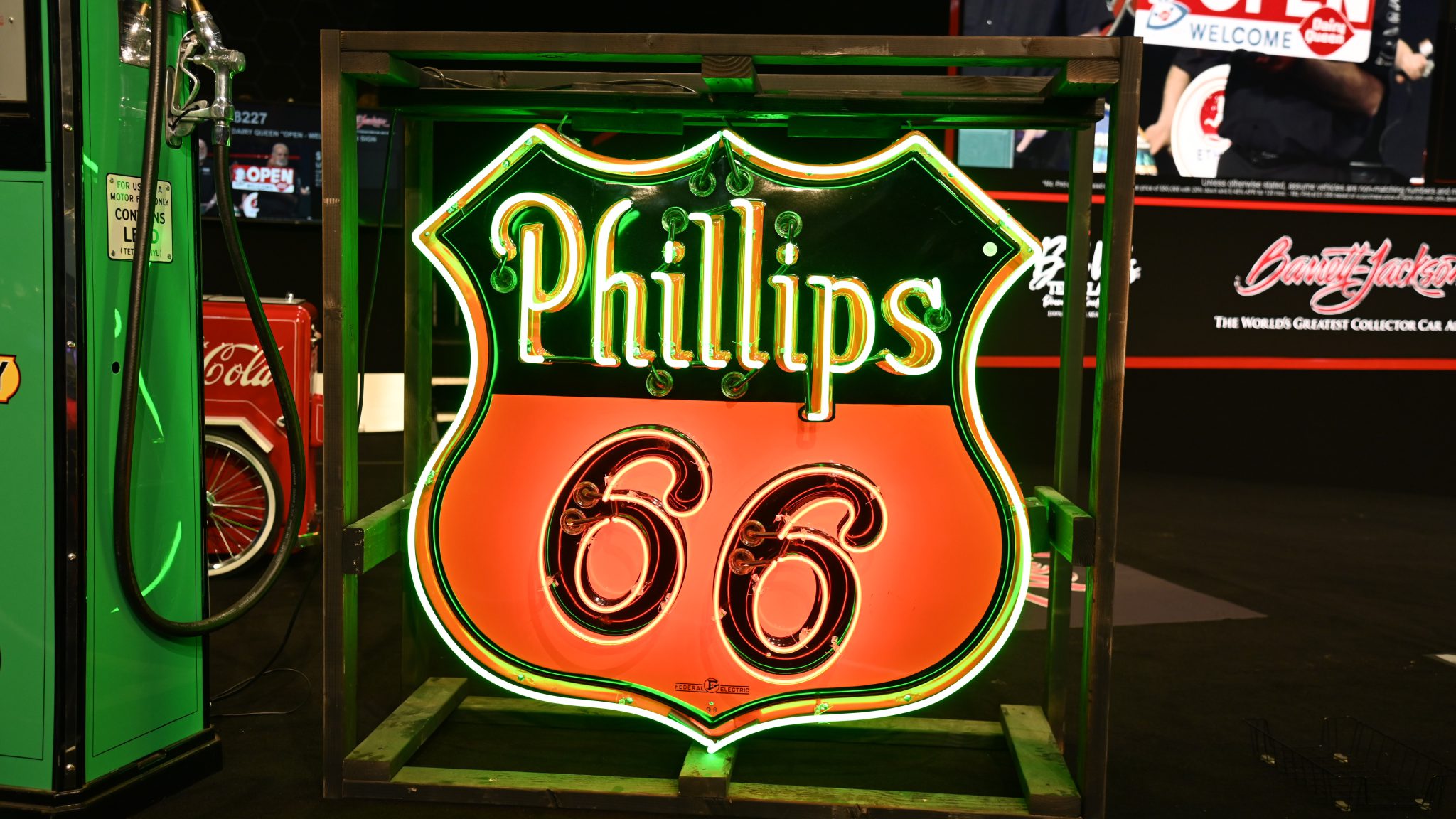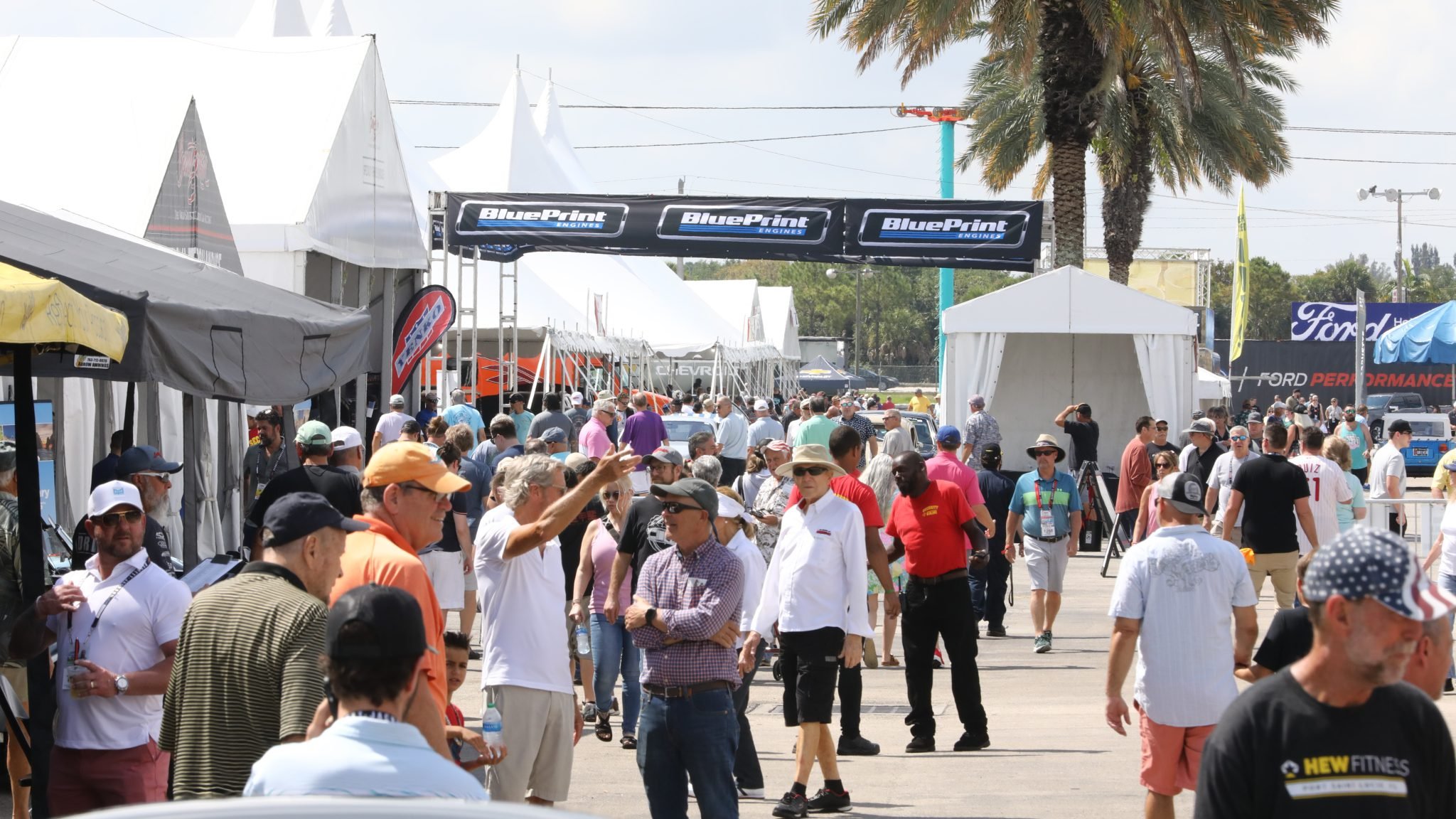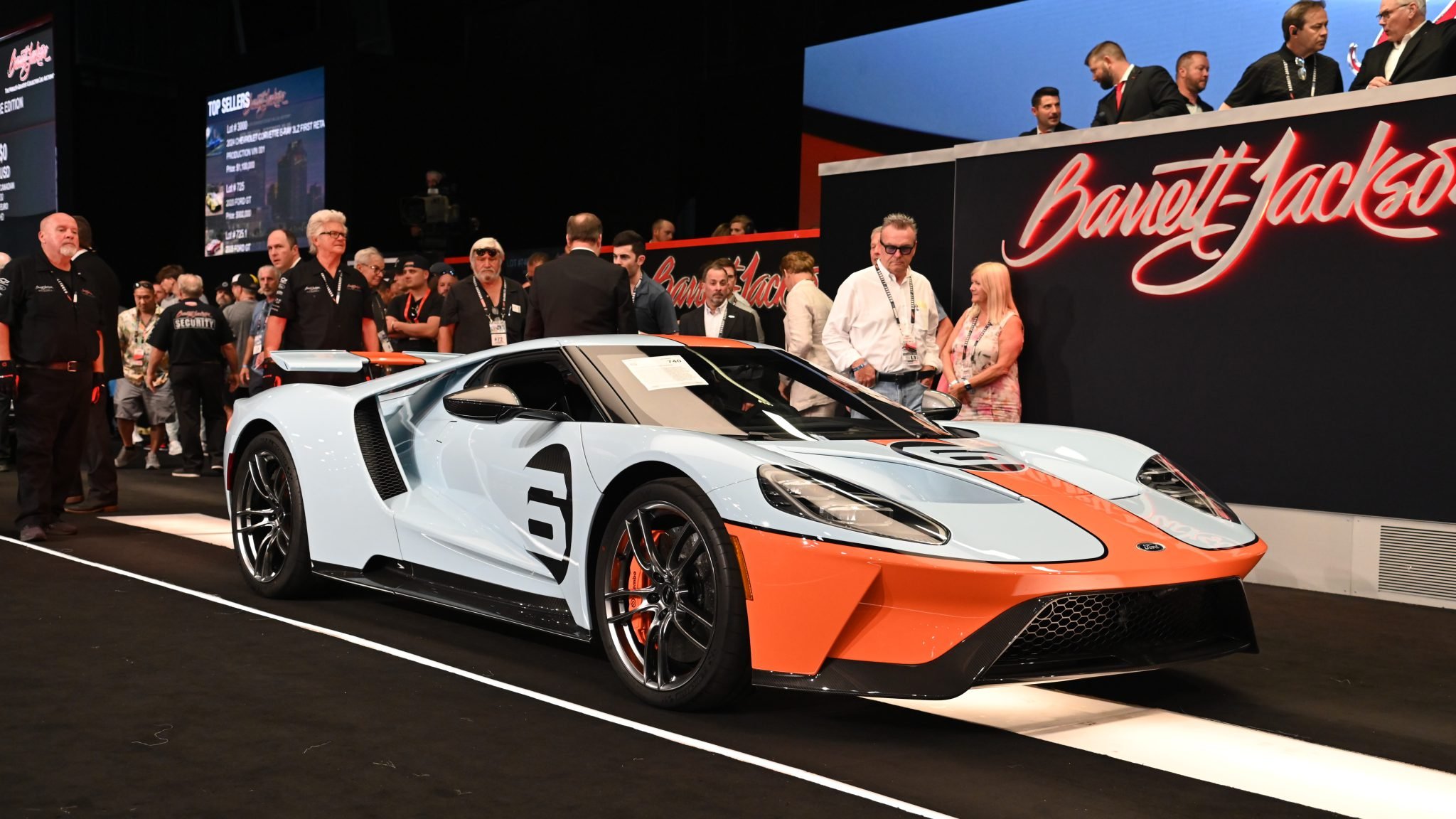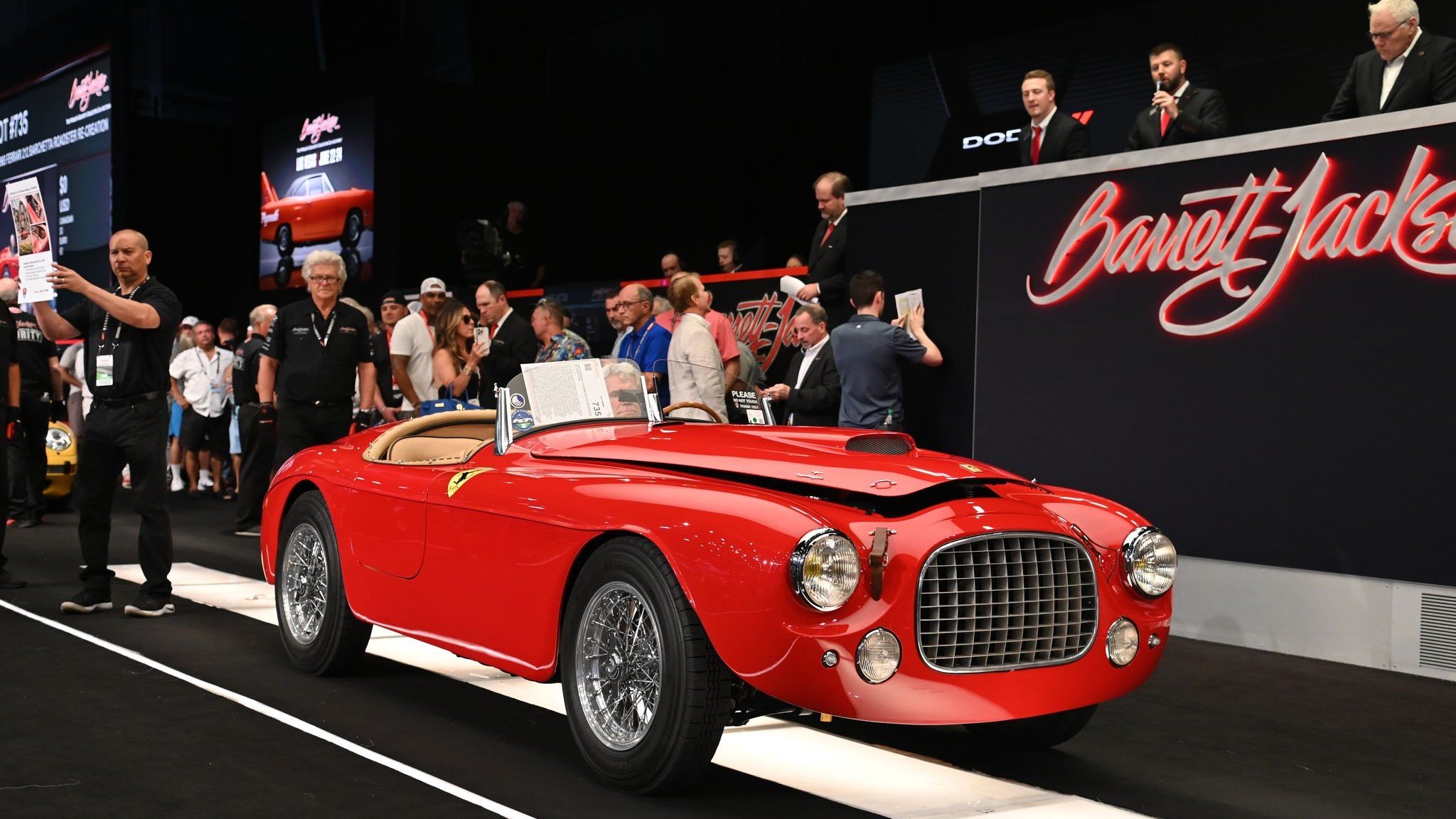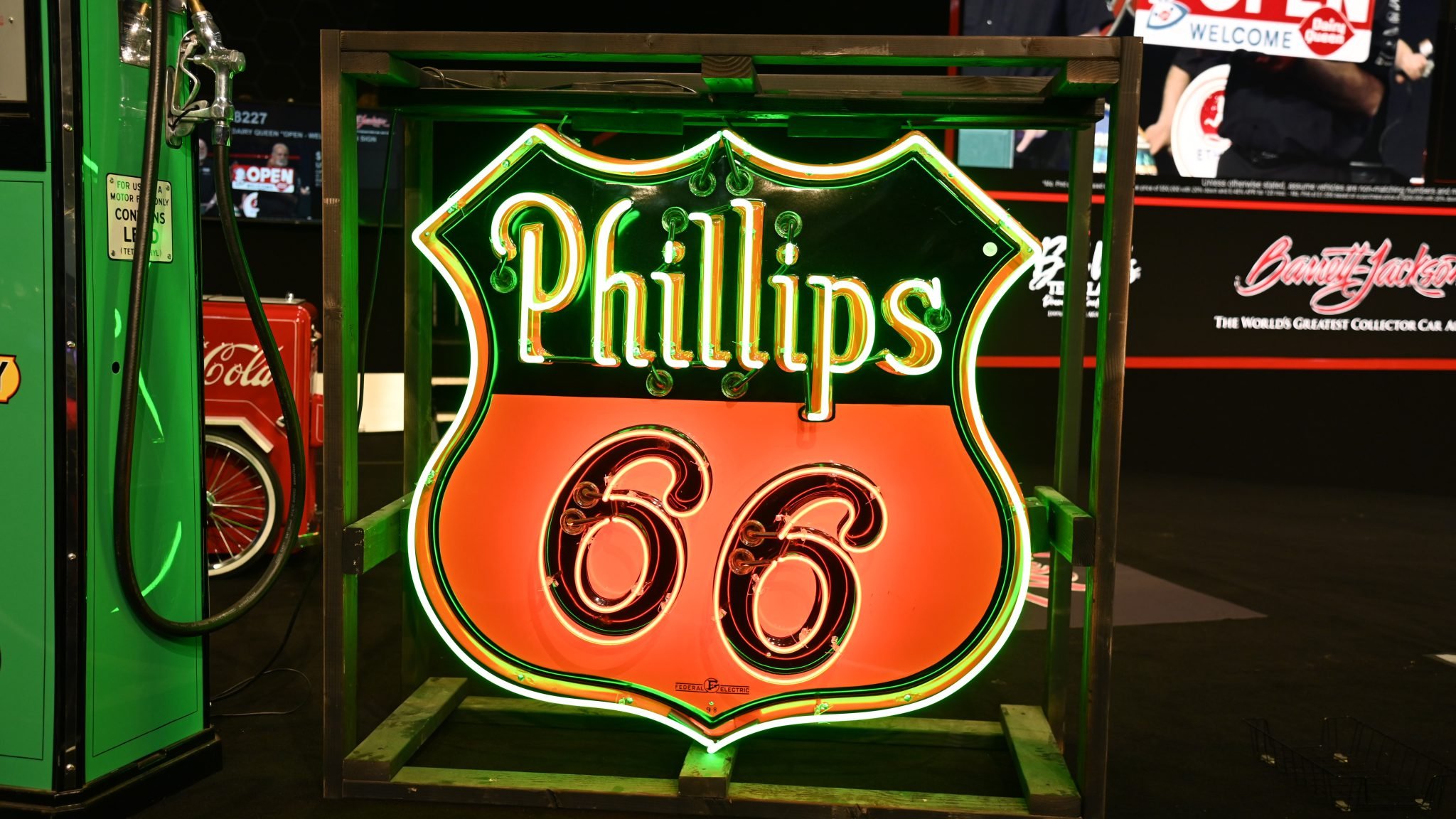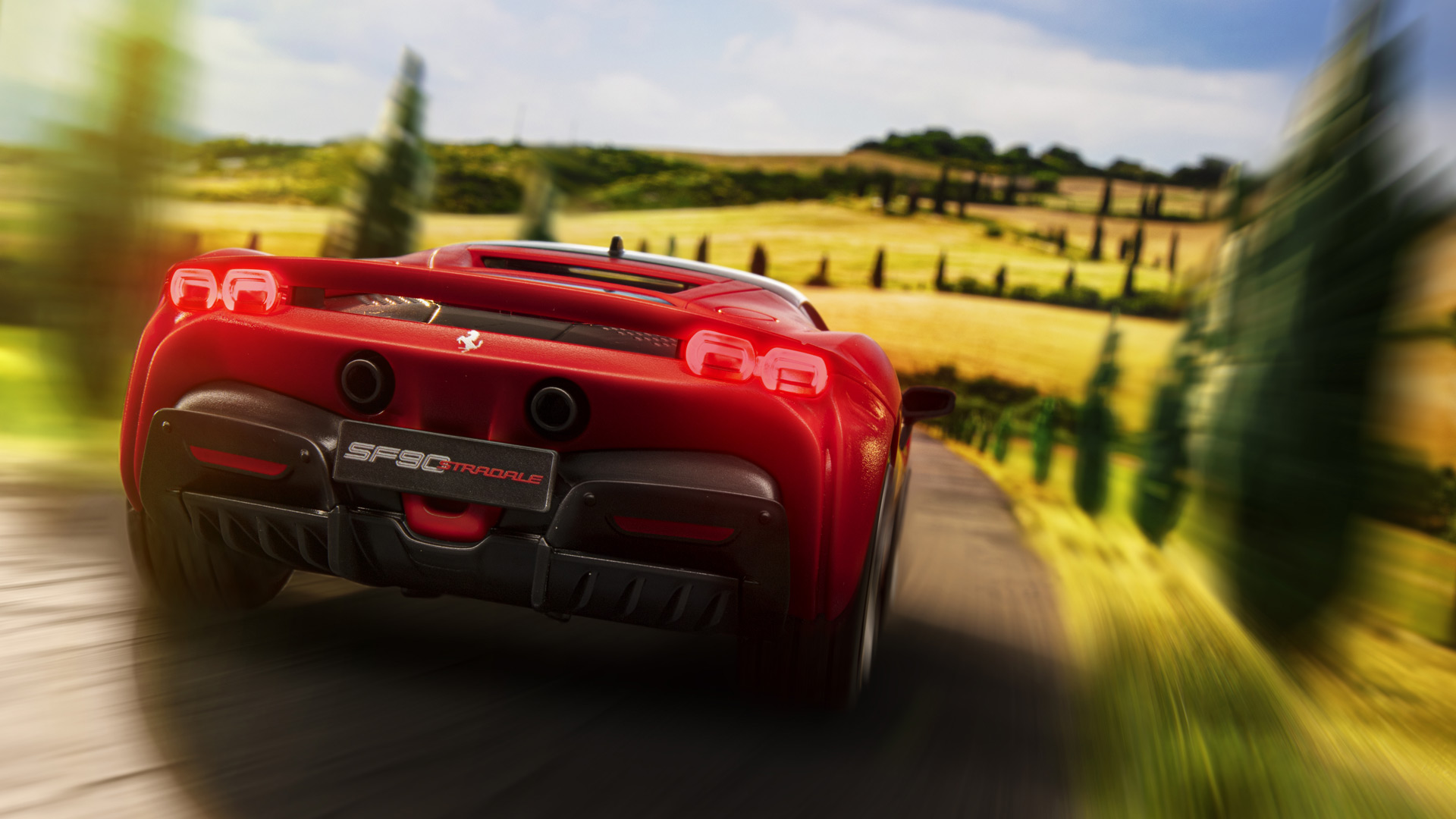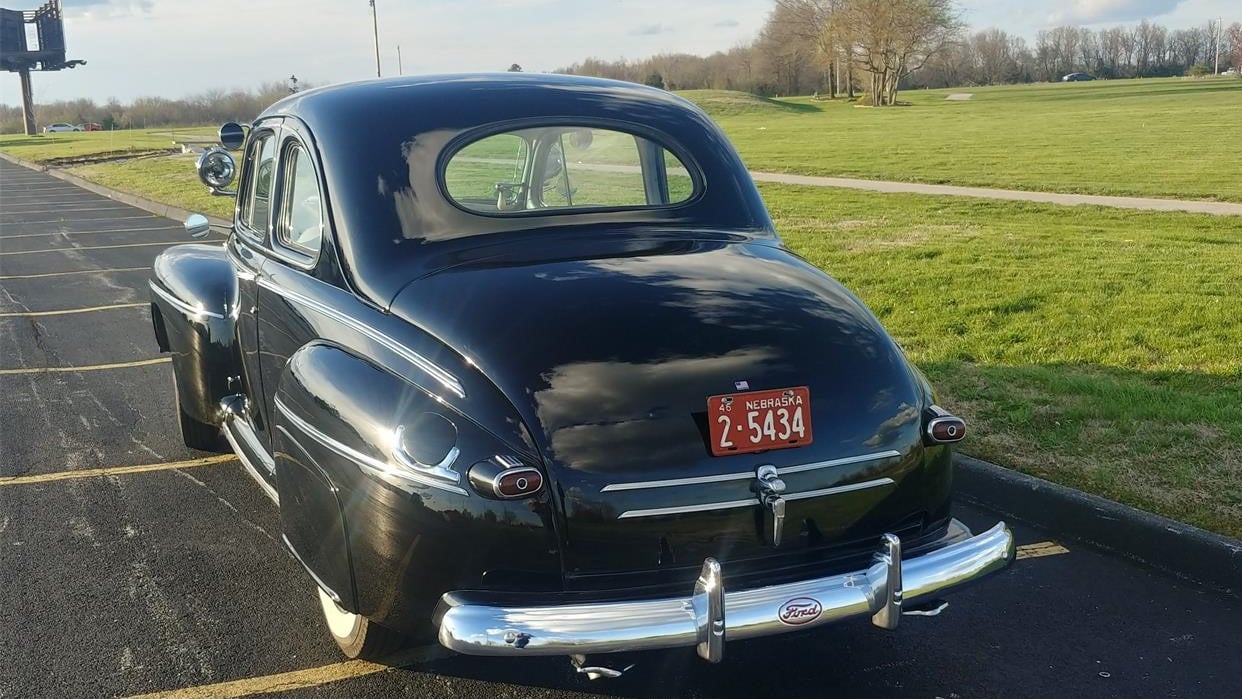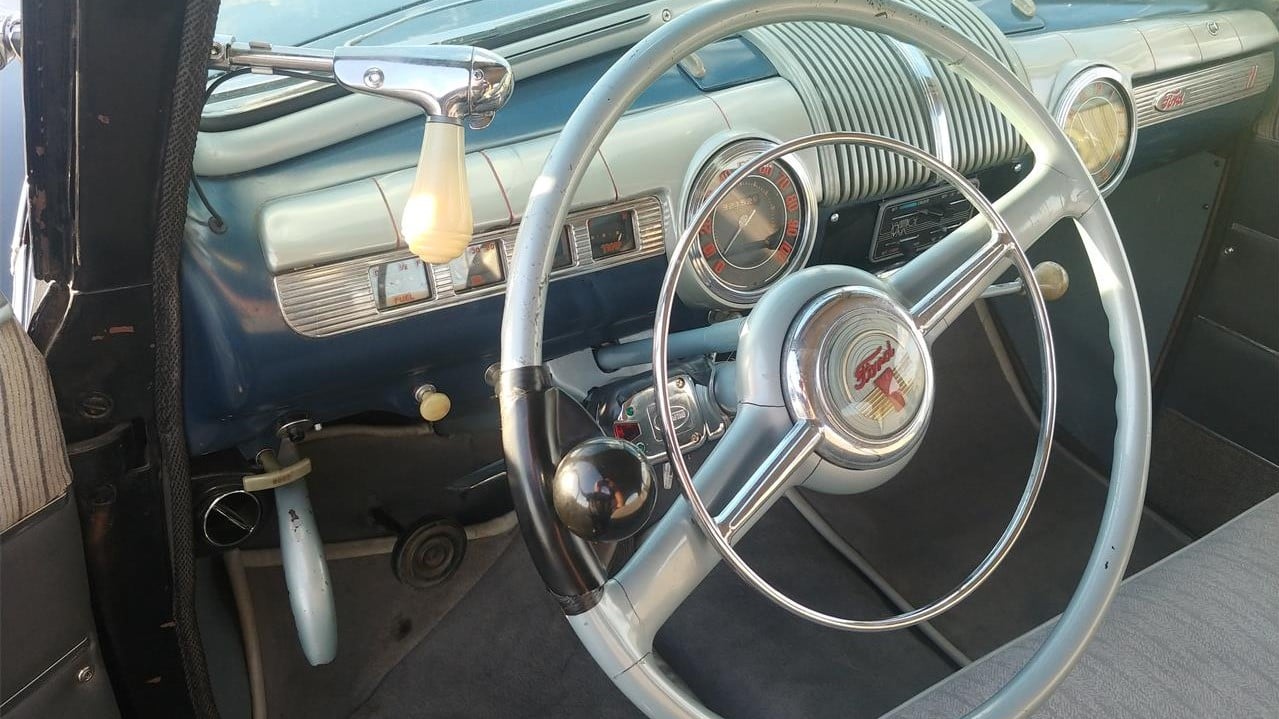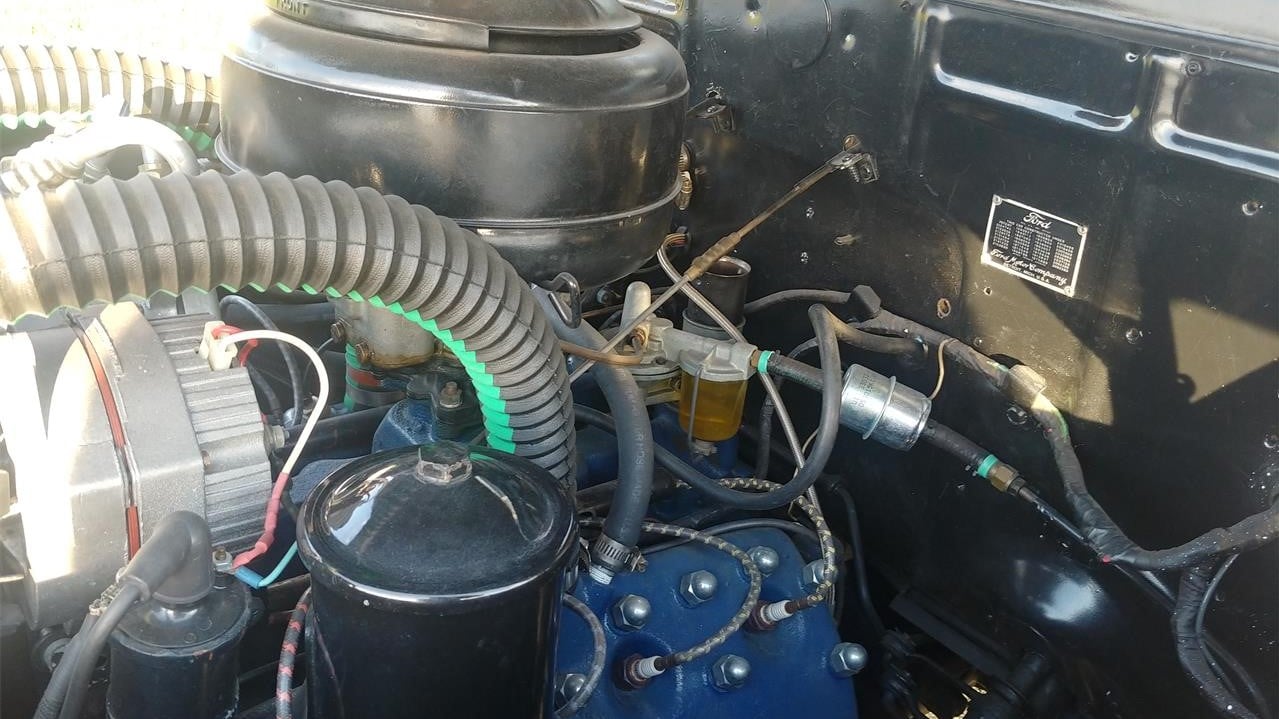By the pen of Albert McNea, the Ford Mustang took many forms. Here it’s a pinched-waist sport coupe. There it’s an AMX-like short-wheelbase two-seater with a Toronado-like snout. Elsewhere it’s a mid-engine supercar or a roadster or a futuristic sports car with a fighter jet canopy and B-17 bomber radar-cheating folded edges. McNeal took all those liberties with the Mustang not as some bored teen drawing in the margins of his schoolbooks but as a designer in Ford’s advanced vehicle program, and an upcoming auction of nearly 100 of his renderings gives a little-seen glimpse into what Ford might’ve had in mind for its pony car’s future.
“Never intended for public scrutiny, the vast majority of these artworks were guarded by the companies for whom the designers worked for and most of the work was destroyed,” Anglia Car Auctions wrote in introducing McNea’s work. As a result, many such designs “never made it beyond the artist’s desk.”
Yet somehow McNea managed to extricate dozens of his renderings from Ford’s studios. After studying at Kent State University and the Cleveland Institute of Art in the early to mid-Sixties, McNea took a job with Ford where, according to his 2005 obituary, he worked on the redesign of the production Mustang for 1969. He very well may have done so under Gale Halderman, the design chief for the Mustang at the time, but the renderings going up for auction show an artist with an eye not so much on the next few years but on far-flung futures.
![Albert McNea Mustang rendering]()
![Albert McNea Mustang rendering]()
![Albert McNea Mustang rendering]()
![Albert McNea Mustang rendering]()
![Albert McNea Mustang rendering]()
![Albert McNea Mustang rendering]()
![Albert McNea Mustang rendering]()
![Albert McNea Mustang rendering]()
![Albert McNea Mustang rendering]()
![Albert McNea Mustang rendering]()
![Albert McNea Mustang rendering]()
![Albert McNea Mustang rendering]()
![Albert McNea Mustang rendering]()
![Albert McNea Mustang rendering]()
Take his Mustang renderings, for instance. Even when refining a proposal for a production car, he’d give it prominent louvers and scoops or an extremely set back cockpit. When unbound by production intent, his designs took on radical proportions and unconventional body styles.
Plenty of design themes come out to play in the images. Some seem designed to directly counter the long-hood-no-deck Dodge Charger III. Some predict design cues used later in the production Mustang like the near-horizontal backlite of the 1971 Mustang SportsRoof. Still others propose a mid-engine Mustang not entirely dissimilar in profile and proportion to the C8 Corvette.
![Albert McNea Bearcat rendering]()
![Albert McNea Bearcat rendering]()
![Albert McNea Bearcat rendering]()
![Albert McNea Bearcat rendering]()
![Albert McNea Bearcat rendering]()
![Albert McNea Bearcat rendering]()
![Albert McNea Bearcat rendering]()
![Albert McNea Bearcat rendering]()
![Albert McNea Bearcat rendering]()
![Albert McNea Bearcat rendering]()
![Albert McNea Bearcat rendering]()
![Albert McNea Bearcat rendering]()
![Albert McNea Bearcat rendering]()
![Albert McNea Bearcat rendering]()
Speaking of mid-engine vehicles, several renderings among the McNea collection feature alternative front- and rear-end treatments for a project called Bearcat. Most of the renderings depict a compact coupe, something like a mix between the 1962 Mustang I and the Ford GT-40, and McNea’s front-end treatments go for a delicate, European look with a crisp leading edge not unlike the Mustang I. The rear-end treatments, on the other hand, called for heavy stabilizer-like additions that would have given the car all the rearward visibility of a 26-foot U-Haul.
It turns out that the Bearcat was no idle speculation on McNea’s part. Ford design studio photographs show a full-size fiberglass Bearcat in the studios in 1967 with outboard headlamp placement similar to McNea’s first treatment above and with a Shelby-like rear end. While it does not appear to have been shown in public, at least a couple of European car magazines reported on it as if it were in the works for production and published overall dimensions, including its wheelbase of 104 inches. “The Bearcat is a practical shape for a road car with a seating package similar to the current Mustang 2+2 fastback,” British magazine Autocar wrote.
It can’t be a coincidence that Ford’s design staff was working on the Bearcat at the same time as the Mach 2 – another proposal for a relatively compact mid-engine sports car – though exactly how the two relate to each other is unknown.
![Albert McNea Cougar rendering]()
![Albert McNea Cougar rendering]()
![Albert McNea Montego rendering]()
![Albert McNea Cougar rendering]()
![Albert McNea Continental rendering]()
![Albert McNea Cougar rendering]()
![Albert McNea Mercury rendering]()
![Albert McNea Cougar rendering]()
![Albert McNea Thunderbird rendering]()
![Albert McNea Thunderbird rendering]()
![Albert McNea Thunderbird rendering]()
![Albert McNea auto show rendering]()
![Albert McNea auto show rendering]()
In addition to the Mustang, McNea spent some time working on proposals for the Mercury Cougar, Mercury Montego, and even the Continental Mk IV, many of which extended the Continental’s blade-like front fenders out to hilarious and grotesque proportions. No bumper would tame these projections, which looked as though they could be sharpened to cut through barbed wire for cattlemen’s occasional romps through their pastures.
McNea apparently had leave to envision a Ford Thunderbird of a distant Syd Meadian future for an advanced vehicle program as well. His resulting renderings, full of acute angles and skegs, appear more like Battlestar Galactica spaceships than anything that would appear in a showroom.
It also looks as if McNea was tasked with designing Ford’s auto show stands and booths, with one design in particular meant to celebrate Ford’s win at the 24 Hours of Le Mans.
![Albert McNea rendering]()
![Albert McNea rendering]()
![Albert McNea rendering]()
![Albert McNea rendering]()
And lest anybody think the Ford studios were all work all the time – Ford designers did play around with remote-control cars, after all – McNea’s portfolio included a number of whimsical drawings, including one of a jet-engined slab-side Continental, another of a Triumph TR3 turned into a funny car, and a Lincoln Continental Mark III with a blower sticking out of the hood and wheelie bars in the back.
McNea, it appears, didn’t last long at Ford. After a stint in Detroit, he was assigned to Ford’s Australia operations, where he reportedly worked on the design for the Falcon GT (sources don’t say which generation, but given the timing, he likely worked on the XA or XB under Jack Telnack).
From there, he went into industrial design at Walter Dorwin Teague‘s studios in Renton, Washington, where he probably worked on the Boeing account alongside Richard Sias, who had designed the 1968 Dodge Charger. McNea also pursued his love of painting and fine art – opening a gallery with his wife, Judith, in Issaquah, Washington – and taught art at the Art Institute of Seattle. He died in January 2005 at the age of 64.
While original automaker design studio renderings have grown in popularity with art and automobile collectors over recent years, it’s still rare to see them at auction or even to see an entire auction event dedicated to the renderings of one particular artist.
The McNea renderings, all offered at no reserve, will cross the block with British auctioneer Anglia Car Auctions on June 10. For more information, visit AngliaCarAuctions.co.uk.
